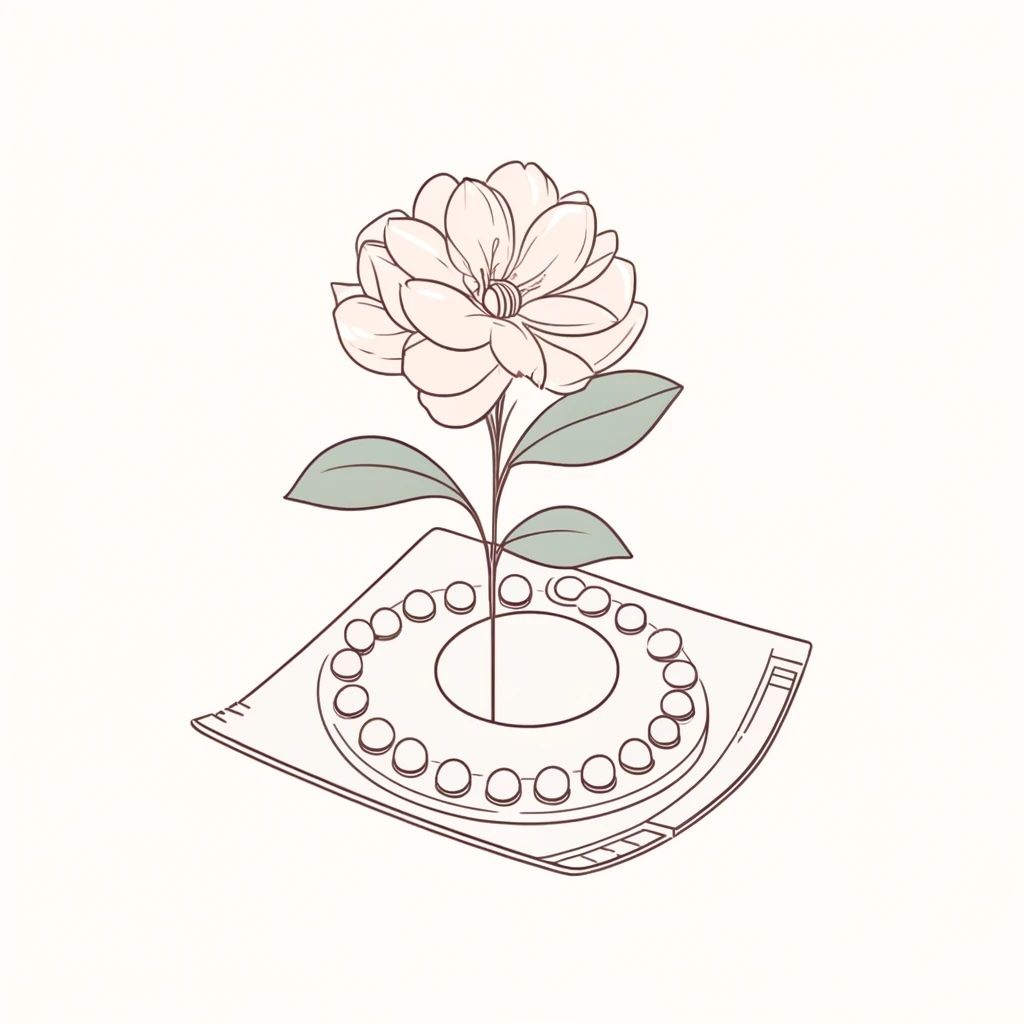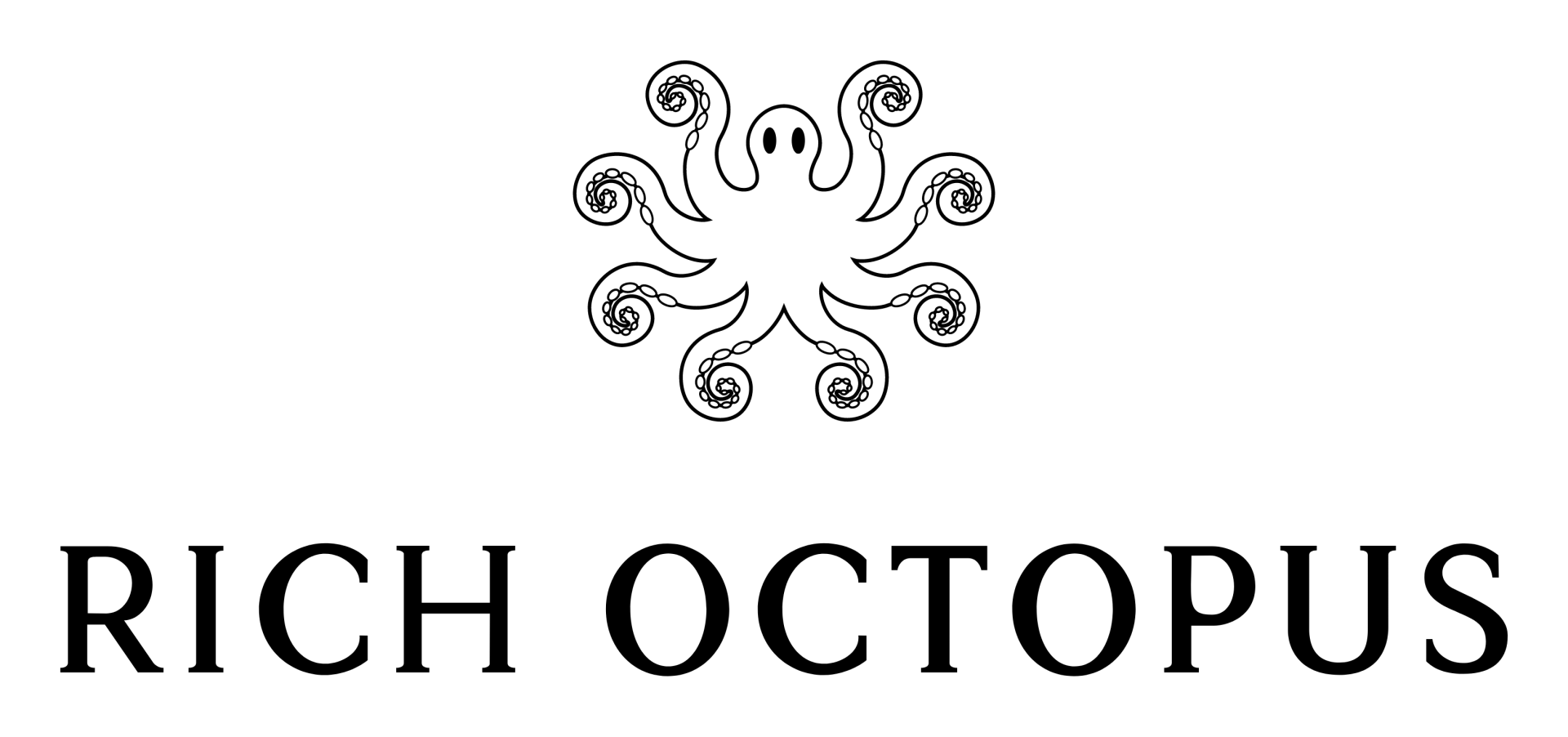Reflecting on Your Relationship to Money, Specifically Debt

Growing up, my family instilled in me a kind of debt aversion that colored my relationship to all purchases and financial decisions. I come from a working class Asian family who lived by the financial principle that debt is bad and should be avoided at all costs. We lived by these doctrines: always have cash, never use credit cards, and always pay off all your car notes and mortgage as quickly as you can. We never wanted to be in a position where we owed other people or institutions, and if we were, we wanted to get out as soon as possible.
I agree with those principles in the sense that they are simple and generally cannot go wrong. They are grounded in the belief that you should not spend money you do not have, and you should get into a habit of saving. These are fundamental principles of money management, and now with the predatory landscape of Buy Now Pay Later, it makes a lot of sense to practice only spending money that you have. It is financially unwise, for example, to take out loans to buy an expensive designer dress for a one-off event or to fund a luxury vacation.
Bad Debt vs. Good Debt
I’ve learned, however, that debt is more complicated than just the all encompassing label of “bad.” Debt is a complex financial product, theory, practice, and philosophy. “Bad debt” is the debt poor people know intimately: debt that cannot be paid back with interest terms that eat away at their earnings and savings; debt that becomes punishing, and closes doors for future investments; debt that puts people at risk of losing their cars and even their homes. But there is also “good debt,” which people can leverage to become financially rich.
Financial literacy is so important in understanding debt, and how the practice of debt is also the practice of wealth. If you follow any financial news, it should come as no surprise that rich people, including and especially the billionaires, leverage debt to their advantage. As reported by
this Wall Street Journal article, many wealthy people borrow against their investment portfolios and monetize their stakes in their companies. For the very rich, borrowing securities-based loans is easier than an average, middle class person applying for a mortgage or auto loans. For securities-based loans, there is minimal paperwork and often this debt does not get reported to credit score companies. This practice of borrowing and leveraging debt amongst the very rich is so common that it’s been coined as part of a “buy, borrow, die” strategy to avoid capital-gains taxes.
When I learned all this, it blew my mind! It was so unfathomable to me but of course it was true: for the very rich, there is no shame around taking out loans or having debt. Taking on debt, for them, is securing all the best terms and maintaining their lifestyles and growing their family wealth.
Take These Three Steps To Rethink Debt
Even after years of building my professional career and investing in real estate ventures, I am still learning new lessons about navigating and orienting myself around debt. Every financial milestone is a new opportunity to re-examine your knowledge and skills because the financial rules are always changing for people in different income brackets and different financial situations. As we know, not all debt is treated equally by banking institutions. So with every milestone, I ask myself: What’s new? What’s still lingering? And most importantly–what’s next?
Here are three steps you can take to examine your relationship to debt.
Step 1: Self Awareness
What have you been taught about debt and money management? What beliefs do you hold about debt, and credit? What are your saving and spending habits? How are you investing in your current self? How are you setting your future self up for success?
There are many types of debt that are normalized in the U.S., and we need to interrogate financial decisions that may or may not make sense to you and your journey. Examine everything and look inward to make sure you’re making a financial decision that is entirely yours, and not taking on debt you can’t afford because of peer pressure or bad advice. No one is proactively protecting you from making mistakes that can have rippling effects. Capitalism thrives on financial traps that make it seem easy for you to get quick, short term cash but that ultimately may have devastating long term effects.
One of the most normalized forms of debt may be student loans. According to
Forbes, the average borrower owes $28,950 in student loans, and the total student loan debt in the U.S. is over $1.75 trillion. 17 year olds and 18 years old graduating from high school are encouraged to take out student loans, both private and federal, with little information on what that actually means. The purpose for these loans seems noble, because it’s about funding education, but most teenagers are not told the gravity of what they’re signing and they may be in debt 10 or even 20 years after graduating. Taking on debt in order to get an education is not wrong, but every borrower should consider the full terms of what it means for their financial future, and know the terms involved.
Step 2: Knowledge
What do you know about money? How does it work? What’s the history, current and future of money? What are all the financial products out there, and how do they fit into your financial future?
Researching, learning, and understanding the answers to these questions will empower you to make informed financial decisions. We need to get into the habit of reading the fine print and understanding the terms before signing a contract or making a purchase. Before buying a car, signing the mortgage for a house, or applying for a new credit card, we need to do some research on what it is actually we’re signing up for; the interest rates we were promised in the advertising and what we’re actually getting after fees and possible penalties. Between YouTube, blogs, and even TikTok, there’s no shortage of information out there. With that boost of knowledge, you’ll become empowered to ask questions, examine the offer and be that much more confident to decide what makes sense for you. A quick search before making big or small financial decisions will compound and pay tremendous dividends over time.
Here are some resources to get started on your financial literacy journey:
- Rich Dad, Poor Dad by Robert T. Kiyosaki
- How The Economic Machine Works by Ray Dalio
- The Whiteness of Wealth by Dorothy A. Brown
- SoFi -
Join me to start earning more money with SoFi Checking and Savings. You’ll earn up to 2.00% APY (for comparison my Bank of America savings account APY is 0.01%) and pay no account fees. Use my link to sign up and you’ll get a $25 bonus and up to $300 when you set up direct deposit.
There is so much out there–a seemingly endless cache of financial blogs, podcasts, books, and influencers. But, there’s also plenty of bad advice amongst the gems! Do your own research, understand your own parameters and map out your own financial journey. Be discerning!
Step 3: Self Reflection
What is your risk tolerance? What is your commitment to the idea of infinite growth? With any investment strategy, one has to continue to grow–grow your income, grow your assets month over month, year over year, for long periods of time. Are you prepared to do it?
There are many ways to invest and build wealth. You may find your financial freedom in a mix of financial products or investment opportunities. To give you just a short list, you can invest in:
- Paper assets (stocks, bonds, mutual funds, 401K, etc.)
- Commodities (gold, silver)
- Business (your own business or invest in someone’s else)
- Cryptocurrencies (bitcoin, ethereum, etc.)
- Real Estate
For me personally, I prefer to set it and forget it. I like slow and steady growth and always prefer to have a healthy amount of cash on hand. My investment choices are based on things I believe in–companies, services, places that will grow and be part of my future. Now that I’ve learned more about financial products, tools and my personal preferences, my mix of bets for my future self involves a combination of traditional and more novel investment choices. I contribute to my 401k directly from my paycheck, and take advantage of the company match program. In addition to my 401k, I make weekly and monthly investment withdrawals from my checking account to my investments accounts (paper assets–my favorites are dividend paying aristocrats and cryptocurrencies, specifically bitcoin). My long term investment is in real estate, so I prioritize researching and purchasing real estate, renovating and paying for property management.
Overall, taking these three steps (self awareness, knowledge, and self reflection) will empower you to be confident and well informed in making financial decisions. These steps and the questions you’re answering for yourself along the way, such as your relationship to debt, to investment, to risk are all essential to any thoughtful investment strategy.




